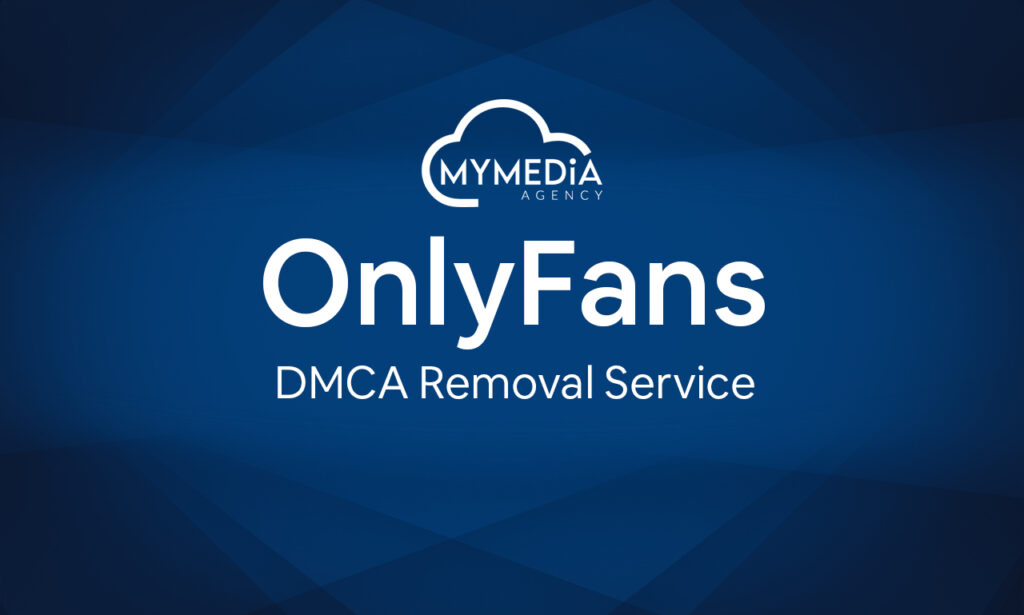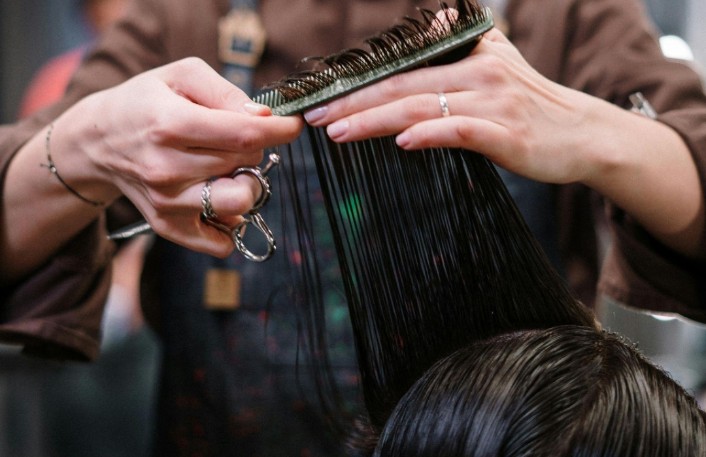What is a DMCA takedown?
The Digital Millennium Copyright Act (DMCA) is a U.S. law that gives copyright owners the right to request the removal of unauthorized copies of their content from websites, social media platforms, file hosts, and search engines. While originally designed for music, video, and software, it applies equally to exclusive digital content shared on subscription platforms like OnlyFans.
Why DMCA is critical for OnlyFans creators
Creators face a unique challenge: their premium content is often targeted by piracy websites, Telegram channels, and file-sharing forums. Once leaked, the content can spread rapidly across multiple platforms, making it essential to act quickly. A DMCA takedown is your first line of defense to have that content removed and limit further damage.
Steps to handle a DMCA takedown effectively
- Identify the infringing content
Search for copies of your work online. Tools like reverse image search or dedicated monitoring services can help you track down where your content is being shared. - Gather evidence
Take screenshots of the infringing pages, including URLs and timestamps. This will be essential if you need to escalate the matter later. - Prepare your DMCA notice
A valid notice must include:- Identification of the copyrighted work
- Links to the infringing material
- Your contact details
- Two specific legal statements confirming your good faith belief and accuracy of the claim
- Your signature (digital or physical)
- Send the notice to the right place
Locate the contact details of the website’s host, the platform, or the CDN (content delivery network). Most platforms have a dedicated DMCA or copyright page with submission instructions. - Follow up
If the content isn’t removed within 24–72 hours, follow up with the host or escalate to search engine delisting via Google or Bing. - Monitor for re-uploads
Once your work is removed, keep monitoring. Repeat infringers often try to upload the same material again. Adding them to a “watch list” will save you time in future takedowns.
Legal and technical best practices
- Act fast: The sooner you submit a DMCA request, the less damage is done to your brand and revenue.
- Be thorough: Include all infringing URLs in one request to speed up the process.
- Leverage technology: Use automated content detection tools or hire a professional DMCA enforcement agency to do continuous monitoring.
- Stay professional: Even when frustrated, keep your notices factual and legally compliant platforms are more likely to act quickly when your request is clear and complete.
Working with professionals
While you can handle DMCA takedowns yourself, many creators prefer to work with dedicated content protection services. Agencies like MyMedia Agency provide 24/7 monitoring, rapid takedown execution, and direct liaison with hosts, social media platforms, and search engines ensuring your content is protected without you spending hours chasing infringers.
Final thoughts
Copyright protection isn’t a one-time task; it’s an ongoing process of detection, enforcement, and prevention. By combining legal know-how with technical efficiency, you can safeguard your work, protect your subscribers’ trust, and keep your creative business secure.





